Preservation Chicago has nominated seven new sites for landmark status with the Commission on Chicago Landmarks. The seven locations are spread out across the city and represent multiple architectural styles, typologies, and scales that hold significance to the city and its historical legacy.

Promontory Point via promontorypoint.org
Promontory Point
The South Side staple is a 40-acre section of the greater 600-acre Burnham Park, which includes the man-made infill peninsula known as Promontory Point located at 5491 S Shore Drive in Hyde Park. Completed in 1938 by famed landscape architect Alfred Caldwell, the Prairie School-style grounds are anchored by a raised meadow for relaxing and is surrounded by hundreds of native plantings and conversation circles. In 1989 with Caldwell’s help, the landscape was restored along with the Emanuel V. Buchsbaum-designed French Eclectic-style field house. In 2018 it was added to the National Register of Historic Places, although issues on how to solve its erosion problem continuously plague the site.
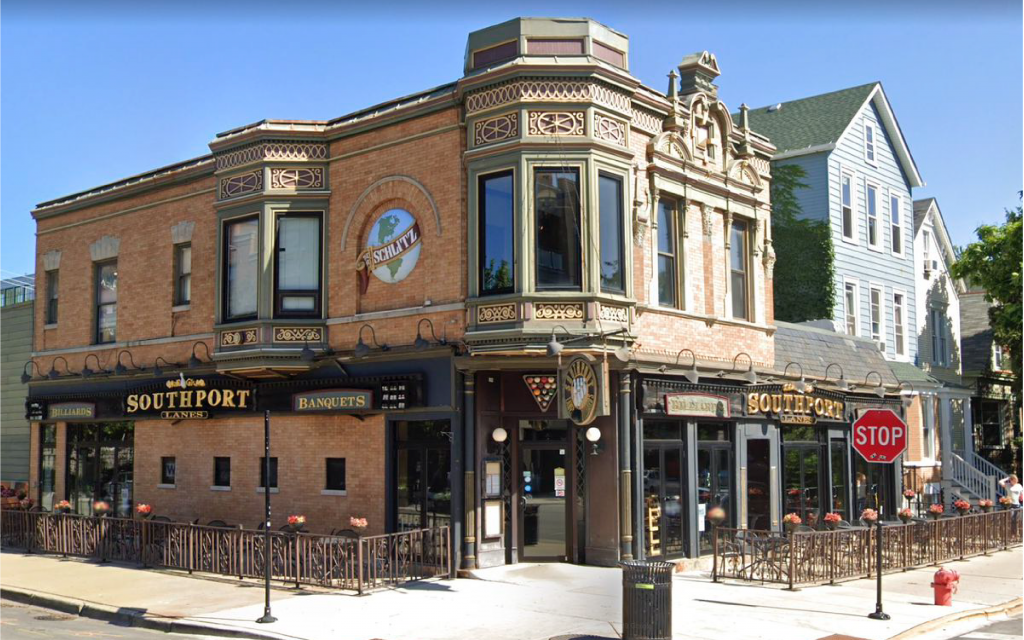
Southport Lanes Via Google Maps
Southport Lanes
The now-closed famed neighborhood institution was housed in an original Schlitz Tied House at 3325 N Southport Avenue in Lakeview. The original bar was built around 1900 under the name The Nook, however it ceased operations in the 1920s due to prohibition which is when hand-operated bowling lanes were added. During prohibition the building hosted a speakeasy with an upstairs brothel, and in the 1950s built an adjoining billiards building which housed an illegal casino frequented by Mayor Anton Cermak for weekly poker games. The modern day lanes date back to 1991 and closed recently due to Covid.
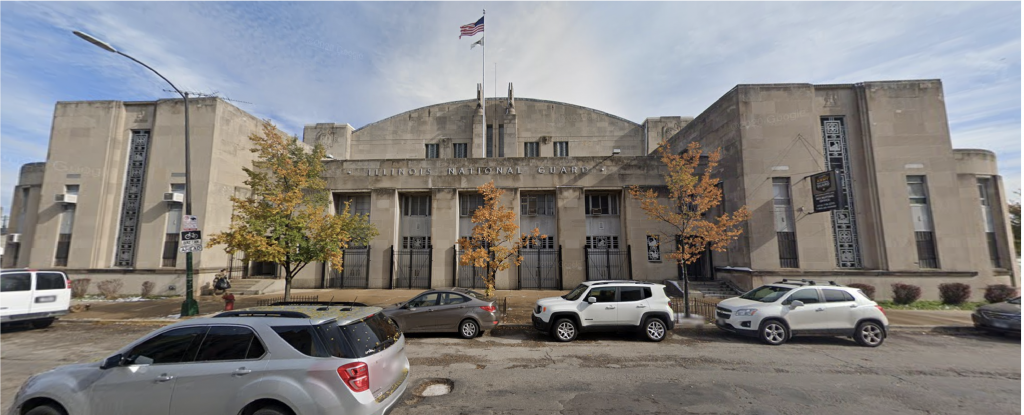
Humboldt Park Armory via Google Maps
Humboldt Park Armory
Commonly known as the Northwest Armory for the Illinois National Guard, the Art Deco structure sits at 1551 N Kedzie Avenue on the northwest corner of Humboldt Park. Built in the height of World War II in 1940 for $1.3 million, the modern facility housed around 1,000 men with locker rooms, day rooms, kitchen, gym, and an underground garage that can hold 200 army trucks. The facility has been renovated but kept much of its original design becoming a community staple hosting concerts, boxing matches, civic events, and memorial services on its Broadway-sized stage.
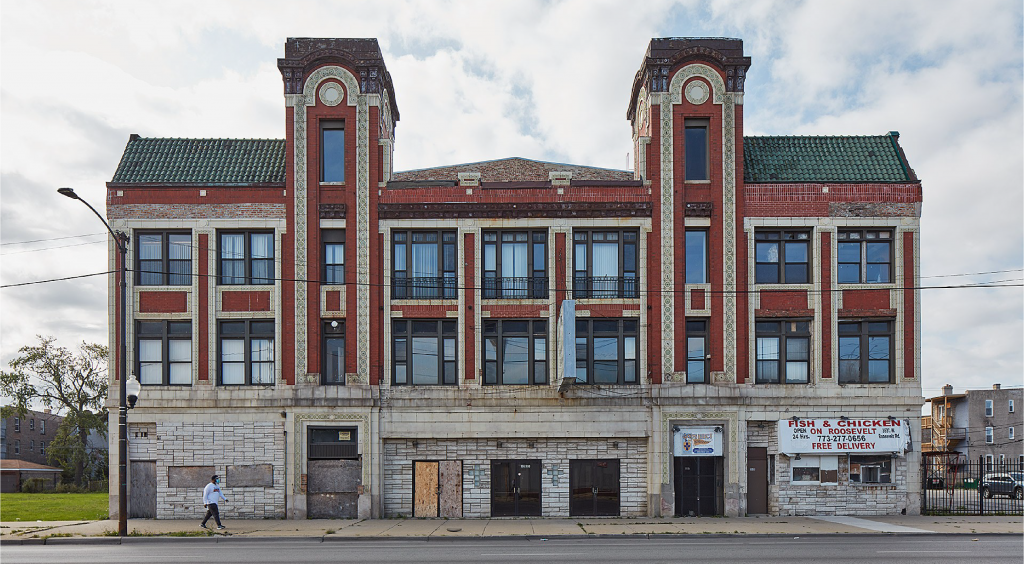
Central Park Theater via Chicago Architecture Center
Central Park Theater
The 1917 movie palace is known for being the first in the world to offer mechanical air conditioning and is located at 3531 W Roosevelt Road in North Lawndale. The theater was the first collaboration between famed developers Balaban and Katz and architects Rapp & Rapp, a duo that brought us the Chicago, Uptown, and Nederlander Theaters. The Spanish Revival design holds 1,800 seats within its walls and is adorned by two towers on its front facade. In 1971 it became a church and in 2015 was added to the National Register of Historic Places; it now faces challenges in preservation which the church is working on funding.
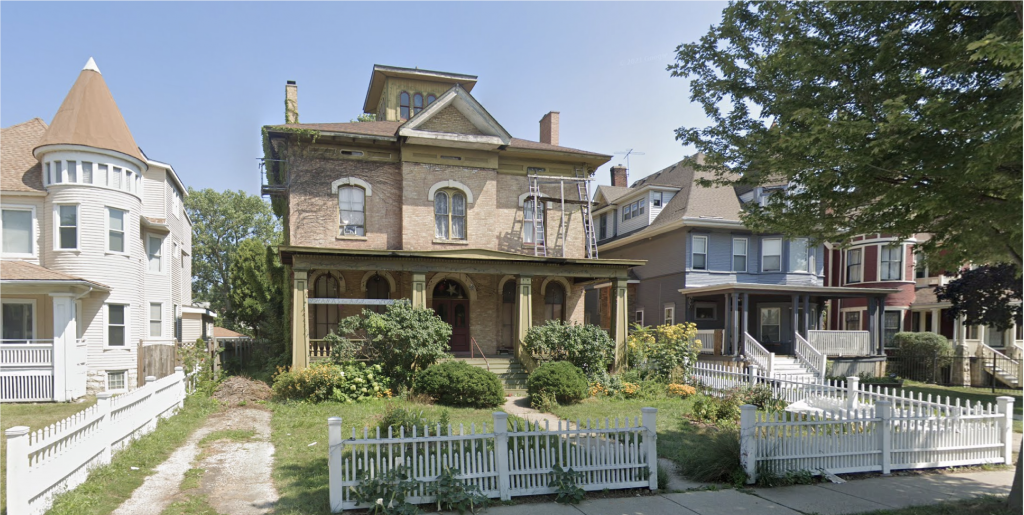
Seth Warner House via Google Maps
Seth Warner House
The Tuscan Villa Italianate-style home at 631 N Central Avenue in Austin is the oldest home still standing in the neighborhood. The cube and cupola building was built in 1869 by businessman Seth Warner, who was one of the city’s earliest settlers, a successful blacksmith, and abolitionist. Originally located well outside of city borders, the home was the centerpiece of a 6.8-acre farm with an orchard, pasture, barn, and carriage house. In 1924 the home became the Austin Conservatory of Music and had over 31,000 students and 270 teachers pass through it over the years, in 1982 it was added to the National Register of Historic Places.

Cornell Store and Flats via The Library of Congress
Cornell Store and Flats
The Prairie Style building stands quite hidden at 1230 E 75th Street in Grand Crossing and was once part of a thriving retail corridor now encroached by highways and rail lines. Built in 1908 by the estate of Paul Cornell, often known as the father of Hyde Park, the structure was designed by Walter Burley Griffin who is best known for his master plan of the Australian capital city of Canberra. The mixed-use courtyard building is unique for having fully designed front and back facades, with a glass storefront facing the main road and a secondary entrance for the residents on the back side. Unfortunately the building has been long abandoned and fallen into disrepair while searching for a redeveloper.

St. Anthony’s Church via Google Maps
St. Anthony’s Church
Originally built to serve the large German population in the area, the 1915 building stands at 518 W 28th Place in Bridgeport. Designed by Henry J. Schlacks who is one of the founders of the Notre Dame college of architecture, the church is joined by other Schlacks churches in the city such as St. Adalbert’s in Pilsen. The Romanesque style building is well known for its mosaic of the vision of St. Anthony that adorns its entrance, pastel interiors with large murals, and stained glass windows by Bavarian artist Franz Xaver Zettler. Closed in 2019, multiple attempts to sell and demolish the building have been floated since.
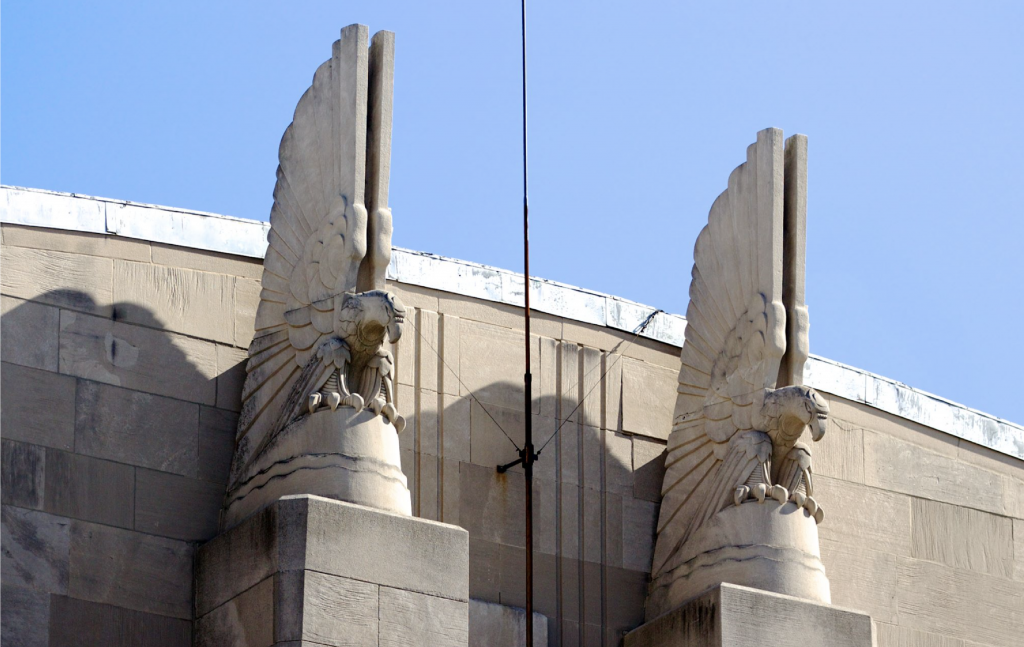
Art Deco features of Humboldt Park Armory
The new sites will now go through a review with the Commission on Chicago Landmarks as many are considered to be in high levels of danger of demolition or extensive disrepair. Preservation Chicago hopes that the landmark designation will bring new attention and funding to these important sites for all of Chicago to enjoy for years to come.
Subscribe to YIMBY’s daily e-mail
Follow YIMBYgram for real-time photo updates
Like YIMBY on Facebook
Follow YIMBY’s Twitter for the latest in YIMBYnews

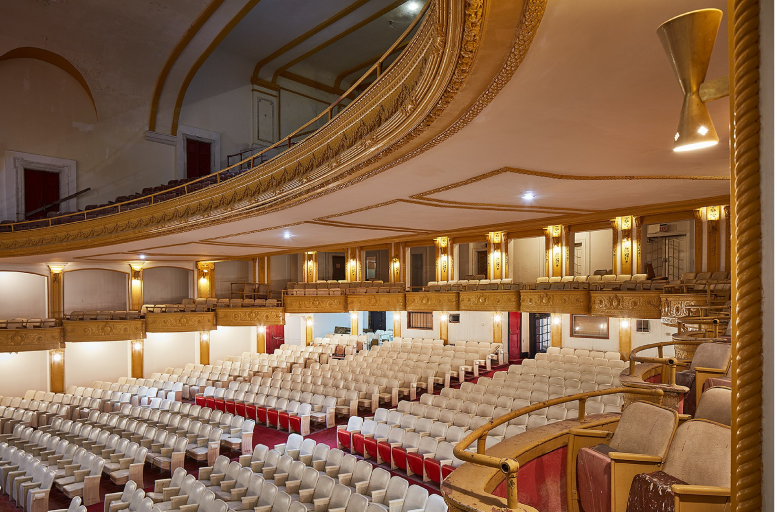
Be the first to comment on "Preservation Chicago Nominates Seven New Sites For Landmark Status"